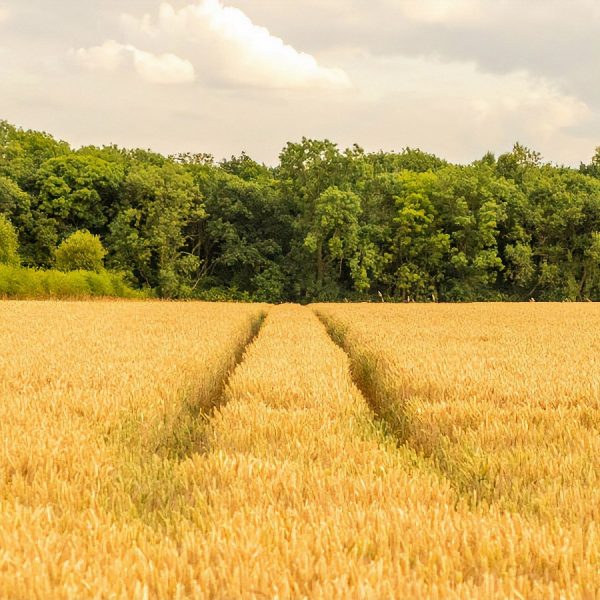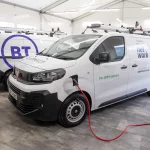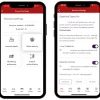Farmers See Modest Improvements in Mobile and Broadband Cover

The National Farmers Union recently published the results of their latest annual survey of 814 members across England and Wales, which among other things found that 36% can now access “supefast broadband” (24Mbps+) speeds (up from 20% two years ago), while 80% had access to 4G on their mobiles and 10% could get 5G.
Naturally, farmers tend to work in some of the United Kingdom’s most sparse and remote rural communities, which are often last on the list to be upgraded (if they’re improved at all) due to the economic challenges of building expensive networks to cater for so few users over a wide area. As such, related communities often suffer from a greater proportion of connectivity problems.
Just to set some context for this study. The latest data from Ofcom (here) found that 97% of UK premises are within reach of a 30Mbps+ capable fixed-line network, which falls to 73% for gigabit-capable speeds, while just 1.4% are unable to access speeds of 10Mbps+ (USO level). As for mobile connectivity, 4G reaches 80-87% for geographic coverage across all operators, while 73-82% of premises can get outdoor 5G coverage via at least one operator.
Advertisement
The coverage of both mobile and fixed broadband connectivity continues to improve with every passing year, but this won’t mean much to those who are stuck waiting for better connectivity to arrive. Admittedly, in some areas, it’s also possible that a better service could already exist, but the locals may not have realised yet (awareness remains a common issue), although the NFU’s survey doesn’t examine this.
Summary of Key NFO Findings
Broadband
➤ 18% have a download speed of 2Mbps or less (down by 12% on last year).
➤ 36% have “superfast” speeds of 24Mbps+ (up from 12% last year).
➤ 67% of respondents with standard broadband have not been offered superfast broadband.
➤ 33% say that if they had faster broadband speeds then it would be used to improve the speed, efficiency and frequency of business tasks.
➤ 48% believe their broadband speed is sufficient for the needs of their business (up by 10% on last year).
➤ 21% believe their broadband speed is a barrier to further use of digital technology.Mobile
➤ 21% get reliable mobile signal in all outdoor locations on their farm (up by 4% on last year).
➤ 10% had no access to either 4G or 5G (a 4% improvement on last year).
➤ 80% had access to 4G.
➤ 10% had access to 5G.
➤ 96% say mobile signal is important for their business.
➤ 50% say their mobile signal is sufficient for their business needs (up by 6% on last year).
The government are currently working to improve rural broadband and mobile connectivity via a variety of changes (e.g. softer planning rules, easier infrastructure sharing and better access to upgrade existing sites) and programmes. For example, there’s the £1bn industry-led Shared Rural Network (SRN) project that aims to extend geographic 4G coverage to 95% of the UK by the end of 2025 (it may also help the 5G rollout).
On top of that, there’s also the £5bn Project Gigabit rollout that aims to ensure that a minimum of 85%+ of UK premises can access a gigabit-capable broadband ISP connection by the end of 2025, before possibly reaching “nationwide” (c.99%) coverage by the end of 2030 (here and here). Not to mention various other programmes across Scotland, Wales and Northern Ireland.
Finally, a number of technology trials are also being conducted to test Fixed Wireless Access (FWA) and LEO satellite based broadband solutions for rural areas (examples here and here)
Advertisement
The NFU Vice President, David Exwood, said:
“Our results show that we need a really concentrated effort from the government and telecommunications industry to reach the most remote areas still without coverage if we want to achieve the Shared Rural Network’s aim to deliver 4G connectivity across the UK by 2025.
While the introduction of 5G to some rural areas is encouraging, as it supports the introduction of new technologies and more productive business practices on farm, this year’s survey shows that connectivity is only increasing slowly, and the farming industry is still lagging significantly behind the rest of the country.”
The NFU survey concludes its annual report by making a series of general recommendations, such as by calling for the SRN to fully complete its rollout by 2025, and requesting that digital skills training must be offered widely and supported in government skills initiatives.
The union also calls on all government broadband schemes to be “applicable to all types of broadband and not just fibre,” which is intended to address concerns that the government may be too laser focused on fostering “full fibre” (FTTP) coverage. The problem for remote rural areas is that building FTTP is often prohibitively expensive.
In fairness, past voucher schemes and other government programmes were arguably more flexible, but even they didn’t resolve the problem and public investment often ended up being spent again to tackle the same areas further down the road. However, the recent satellite and wireless trials do hint that we might see a new scheme in the future to support certain alternative technologies, but history shows that this alone may not be enough to fully fix the core issue.
On the other hand, we’re increasingly headed toward a situation where the problem areas end up being confined to only the final 0.3% or so of premises, which would be a strong improvement on today.
Advertisement
Mark is a professional technology writer, IT consultant and computer engineer from Dorset (England), he also founded ISPreview in 1999 and enjoys analysing the latest telecoms and broadband developments. Find me on X (Twitter), Mastodon, Facebook, BlueSky, Threads.net and Linkedin.
« Nokia Break Record – Push 5G Speed to 2Gbps at 11km Distance via mmW























































Comments are closed